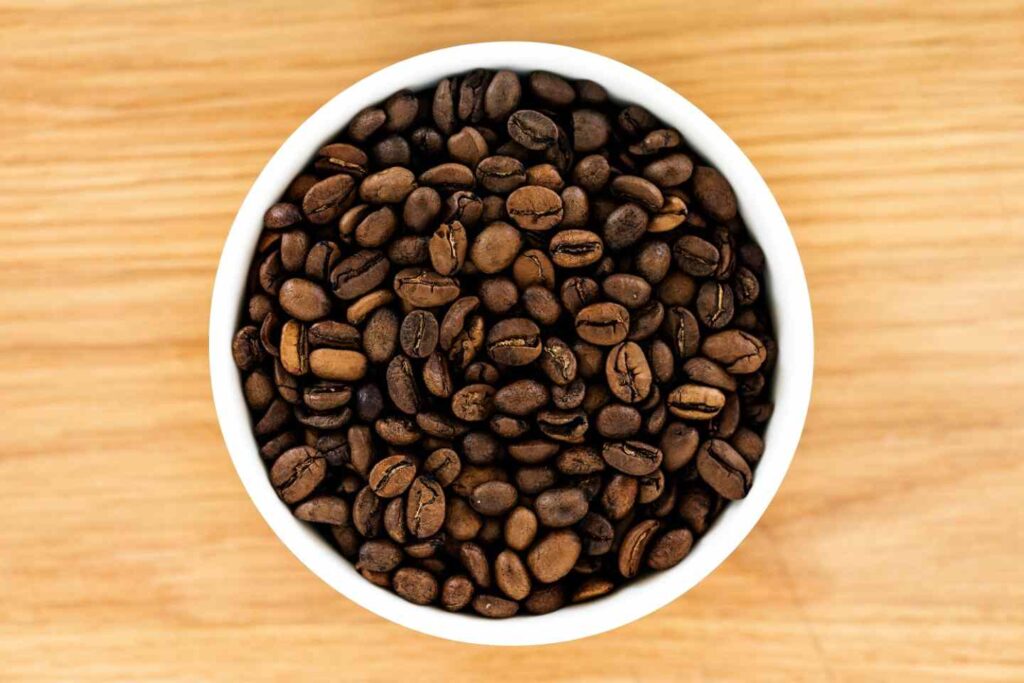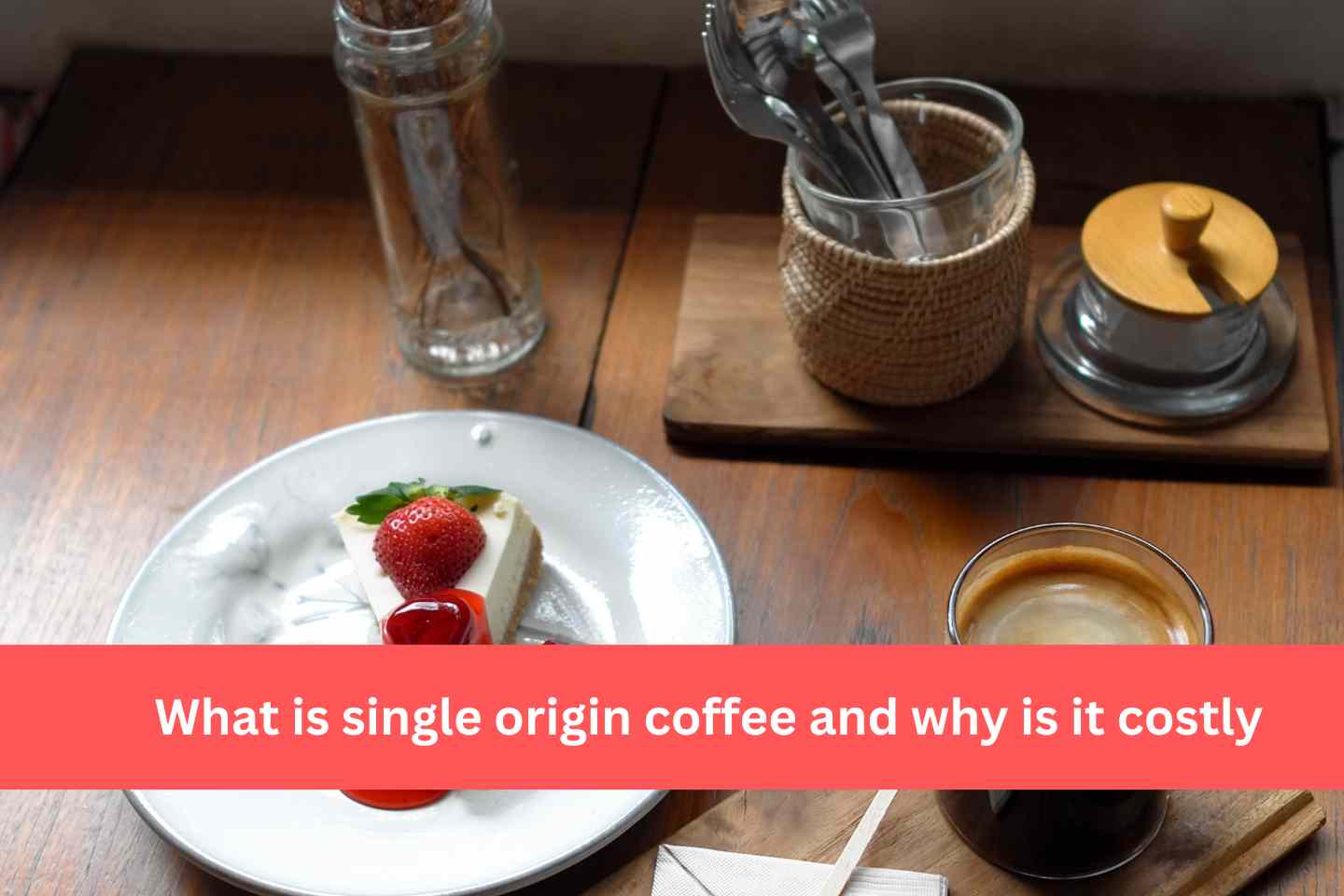Have You ever wondered What is single-origin coffee ? Is there ever a time when you went into a coffee shop, looked at the menu, and thought, “What the?!?” It’s not just you. Single-origin coffee is becoming more popular in trendy coffee shops and bars, but many people still don’t know what it means or why it costs more than a regular cup of coffee. Don’t worry, we’ll explain everything. We’ll talk about what single-origin coffee is, why it’s important, and why it costs a lot.
What Is Single-Origin Coffee?
Single-origin coffee comes from coffee beans that came from a single farmer, crop, plant, or part of a country. Most of the time, the name of the coffee comes from the town, farm, or co-op that grows it. The label might then list the name of the farm or the lot or field where the coffee was grown.
Single-origin coffee gives customers a better understanding of the coffee they’re drinking. When you buy single-origin coffee, being able to track its location is the most important thing. When someone buys coffee, they know exactly where it comes from and that it’s a single type of coffee, not a mix. Single-origin coffee is more expensive than mixed coffee as it’s usually of better quality. Plus, there’s a bigger recognition that the coffee is from a farm or crop found in a unique setting in the world.
The buyer knows more about the taste and the origin of the coffee, learning of the traits of the specific area where that coffee was grown and the people behind the process. As single-origin coffee beans are picked by hand, usually in small farms by workers that are paid a fair wage, this also hikes up the price.
Prices usually start at around $15 for a 12-ounce bag and can price up to the mid-twenties based on the coffee. Single-origin coffee is part of coffee’s third wave trend. This trend looks to recognize the worth of coffee farms and the link between a coffee’s roots and how it tastes when it’s poured into the consumer’s cup.
As single-origin coffees trace back to a single farm, each holds a unique flavor based on the growing and processing conditions of that area. Various things can affect the flavor of single-origin coffee. These include plant variety, soil, temperature, altitude, and shade.
What Is Blended Coffee?

Coffees that aren’t single-origin are referred to as coffee mixes. As you can guess, these mixes include more than one single-origin coffee. They’re brewed with different coffee bean crops from different farms, sometimes made up of coffees from around the world. For example, Ethiopian, Mexican, and Bolivian.
Other times they may be regional mixes, such as from Northern Columbia and Southern Columbia. The very first coffee mix was the Mocha-Java blend. Mocha coffee beans sourced from Yemen were mixed with Java beans from Indonesia. The two beans were mixed because they were the only two traded coffees at that time, but the result was delicious.
This blend blended coffee from two completely different parts of the world and was popular for ages! But, current political unrest in recent years in Yemen has made Mocha beans rare. When you pop into a coffee shop to order a cappuccino or your favorite cup of coffee, unless otherwise stated, you’re generally given a coffee mix.
As coffee blends are ready to be served in big batches in coffee shops and bars, this is one reason why they’re a cheaper choice compared to single-origin coffee. Single-origin coffees, on the other hand, need to be served individually, taking up more time for staff.
The Popularity Of Single-Origin Coffee

Single-origin is one of the types of coffee that has risen in popularity within recent years. Today, many coffee shops focusing on single-origin coffee have popped up in various places across the world.
One of the main reasons for their success is due to their tracking. Today, customers are becoming more and more aware with their purchases. And with a focus on human rights and food quality, people want to know where exactly their coffee is from. Single-origin coffees provide information on its source, such as the farm or land its grown on, the people behind the coffee, the temperature it’s grown in, and the process behind the coffee, and many customers take interest in the extra detail.
But, it’s important to note that as single-origin coffee is more expensive and takes longer to serve, it isn’t the coffee of choice for all customers. For those who may prefer a quick and constant experience, especially when they’re going off to work or are in a rush, the time and money aren’t worth it.
Plus, coffee mixes can still be delicious and offer a high-quality coffee experience.
Sampling Single-Origin Coffee
Anyone who likes drinking coffee should give single-origin coffee a go. At the very least, you can compare the unique taste of a single-origin brew to the mixed coffee you’re used to.
Likewise, if you’re curious to try vibrant coffee tastes such as strawberry, jasmine, or cane sugar, your best bet is to try a single-origin choice rather than a blend.
Also Read

